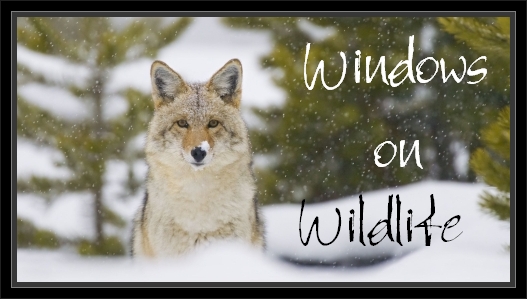We had a lovely day for the tracking workshop I lead last week. It was out at F. Gilbert Hills State Forest in Foxboro, MA and we had about 19 or 20 attendees (possibly more – I didn’t take the final count).
Despite the lack of snow, we found a section of the forest heavily traveled by deer, fox and coyote which we spent quite a bit of time exploring. Fox scat was all over a section of trail right by a deer run which bisected the trail. Two owl pellets were found when we spread out off-trail to look for further clues from wildlife (one pellet was absolutely huge, and contained the head of what we guessed was a chipmunk, based on size and dental structure). But my favorite find of the afternoon was this impressive bit of coyote scat:
As this state forest gets heavy use from dog owners, one question that arose fairly quickly when we were looking at the fox and coyote scats was how to tell them apart from that of domestic dog. In the wintertime, when vegetative sources for food are scarce, carnivore scat will be made up almost entirely of hair (and bone). So while the shape (and/or size) might be reminiscent of a dog’s, the amount of hair in this scat gives it away as being from a coyote.




Thank you for explaining the difference between dog and coyote scat in winter! Great information.
You’re welcome – and thanks for stopping by!
Nice post, is your tracking workshop also look at footprints or just scat? Thanks for sharing!
Hi Eileen! When I run tracking workshops, we look for as many different types of signs as we can – in this particular class we didn’t find much in the way of tracks (limited time, no snow, and dry, hard ground) so spent time exploring other animal signs – runs, scat, browse, pellets and digs.
So coyotes eat small animals pretty whole then to get so much hair and bone? I guess I never stopped to think about how they go about eating prey. I see a lot of raccoon scat around and that is pretty distinctive….great Nature Notes post..
Thank you for looking into an amphibian work-shop. I used to do FrogWatch until the changed the requirements of the counters.. It will be interesting to see what I hear after the mink taking a lot of prey off the pond last season.
And thank you for the lovely comment about me keeping my own little piece of habitat. Sometimes I wonder if I accomplish anything at all and you reminded me that I do..thank you…Michelle
I think with mammals like voles, shrews and mice, they probably eat them whole (snack time!). Larger animals would get pulled apart, since it would be easier for them to separate the meat from the bones.
Your work definitely makes a difference – we’re fortunate to live in a time when we can share our lessons and observations with such a wide audience via the internet. But even if that wasn’t the case, I have no doubt that what you do would still be impactful (is that a word?).
Thank you again…impactful sounds good..don’t know if it is a word ….
Interesting blog. I think it would be fun and informative to go on one of those hikes.
Hi Barb – would love to have you join us! Are you in the New England region, by any chance? The link to your blog didn’t work, so I couldn’t visit. 🙁 Thanks for stopping by!